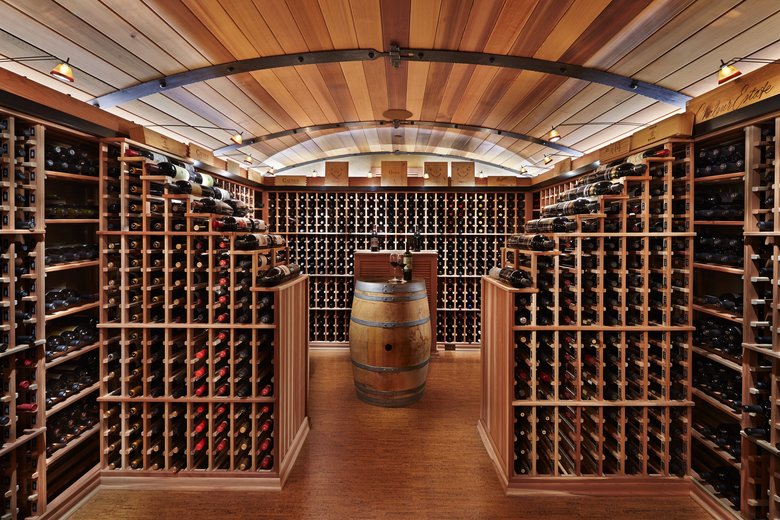Whether you’re a beginner wine drinker or a wine investor and aficionado, people often ask “What’s the best temperature is to store my wines?” By far one of the most often asked questions by wine collectors, the answers can be as varied as the wines being stored, depending on who you ask. Wine is just as much about personal preference as it is about science and chemistry. Wine can be complex and diverse, just like people’s personal tastes. People’s tastes can be very subjective, where some people enjoy wine more aged to enjoy secondary flavors in wine, while others prefer a younger, cleaner wine with less complex notes. It should also be noted that there is a difference between storage temperature and drinking temperature, which will be discussed in more detail later in this post. However, one answer remains the same: wine cellar climate control will preserve the wine until it reaches its ideal age for consumption.
What is Wine Cellar Climate Control?
Wine aging and storage temperatures are vital to the enjoyment of wines throughout their life. This is why consumers are willing to pay higher prices for a wine they feel will age well, or at least remain drinkable for some time. For people who are serious about wine, a temperature controlled wine cellar is essential. The purpose of a wine cellar is to store and keep wines that will age to be drinkable for future generations, such as family members, a business partner, or for charity. As wine ages, the air around the wine tends to evaporate, causing the wine to become diluted and to lose the complex flavors and aromas that make it unique. For this reason, a room with a room temperature of 70°F or above is optimal for storing and storing properly.
How to store wine for the long-term
Age-Matched Storage While most people are not going to store their wine at cellar temperature, the ideal temperature is consistent with the ageing process. The most consistent temperature is between 20°C and 22°C, depending on the variety of wine. Below is a chart showing the temperature that you can expect your wine to be kept at depending on the variety of wine that you are storing. These ranges are for white wine only, but can be used for red wine as well. If you plan to store white wine, plan on storing them at a cooler temperature than you would store red wine. The reason for this is that whites have more fresh fruit flavor due to the higher amount of grape skin, pulp, and skin enzymes in them.
Finding the right temperature
It is difficult to find a specific temperature that works best to store a particular variety of wine. Even within the same varietal, there will be many varietals that respond very differently to temperature, which is also why there are differences in the temperature ranges recommended by different wine experts. As most good wine storage containers are designed to keep a specific temperature, it will always be difficult to find a perfect fit for all varietals. The vast majority of experts recommend a temperature of 55-60 degrees Fahrenheit. The basic argument against storing wine at higher temperatures is that they will create a scenario where fermentation enzymes can escape and deteriorate the wine.
Drinking temperature vs storage temperature
The main difference between drinking and storage temperature of wine is when you will be drinking it. Most people do not drink wine too warm, but do not drink it too cold. The optimal drinking temperature is dictated by the primary grape varieties and their fermentation profiles. If you want to limit contact between the cork and the corked glass, then drinking the wine cold might work best for you. If you enjoy your wine at a warmer temperature than most people prefer, then leaving it too cold will destroy the wine’s natural flavor and aromatics. If you like your wine chilled and you prefer your wine to stay cooler, then it’s not the worst idea to cool down your wine by leaving it open. Wine has a low natural tolerance to temperature, so keeping wine chilled will preserve the flavor.
Conclusion
There are no universal rules to wine storage temperature, and ultimately it will be a product of your personal preferences. But don’t let that deter you from going with a good wine cellar climate control system. Better a home climate control system with a few recirculating elements than no temperature control at all. For more specific information on how to keep your wine cellar cold and your wine cool, read How To Keep Your Wine Cellar Cold and How To Keep Your Wine Cool. Want to learn more about wine storage temperature? Try the fantastic Mastering Wine Storage temperature course! Do you have questions about how to store wine or other wine-related topics?


